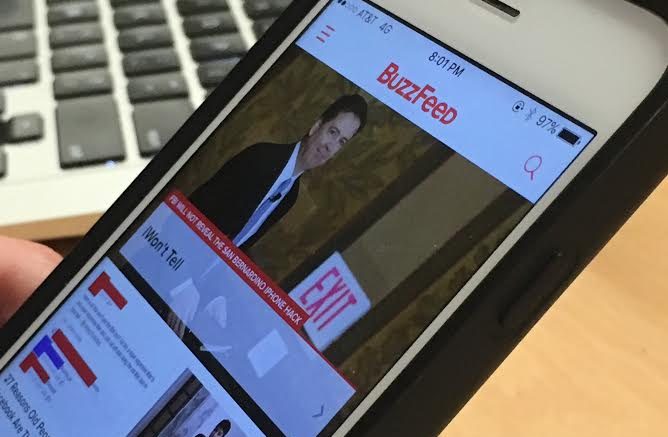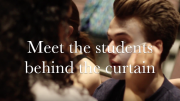Gone are the days of Walter Cronkite and we as millennials are hungrily welcoming in the new era of news consumption, smacking our lips as we scroll through instagram and twitter, and gobbling up content. But what our generation is consuming in our formative years of personal development is distinct from any other era of media. Almost insidiously, social media has replaced many other forms of news media, including news radio, news magazines, and most sadly, print journalism. I, as the Editor-in-Chief of The Westword, have a particular soft-spot for print news, and feel it is the cornerstone of all news media and yet must acknowledge all the same, that the social media revolution is upon us. With a classic “if you can’t beat ’em, join ’em” mentality, I too have hopped on the news media bandwagon, participating in our newspaper’s instagram and other social media accounts. The switch to mobile news is clear and drastic; a recent study from Pew Research Center states that 39 of the 50 top news sites receive the majority of their readership from mobile devices.
Another facet of our generation’s news media revolution is the swapping out of previously full and balanced “news meals” for smaller and arguably less healthy “news snacks.” By this, I mean that people simply do not have the same appetite for news that they once did. My parents smile fondly when reminiscing about the three news giants of their generation: NBC, CBS, and ABC. News back then was distributed by so many fewer sources than today, that it was inherently more balanced. Each network had to provide both sides of an issue because the viewership depended on them for fair and balanced news. Nowadays, each student in my english class of 30 will check a different news or info-tainment site before class begins. Odds are, the student next to me will read an entirely different crop of news stories than I will, and if the stories we read are the same, they are more than likely to be presented with a different bias and spin. This specialization of news consumption has caused millennials to be more polarized in their beliefs, and stifles sociopolitical cooperation. What was once a venn diagram of news and opinions has now become two adjacent circles growing ever farther apart with time. Each person’s social media accounts allow them to further hone in on their own political and personal beliefs because of the relatively new ability for people to “follow” and “unfollow” different accounts, thereby subscribing and unsubscribing to different perspectives.
As with food, people enjoy the fact that they now have more options than ever. If the media was once a family restaurant with a few specials on the menu, it now exists as a sprawling food court with an overwhelming number of cuisine options. This diversity can be delicious and exciting, but there are still many traditionalists out there, longing to return to the days of their familiar and balanced meals of print or broadcast news.





